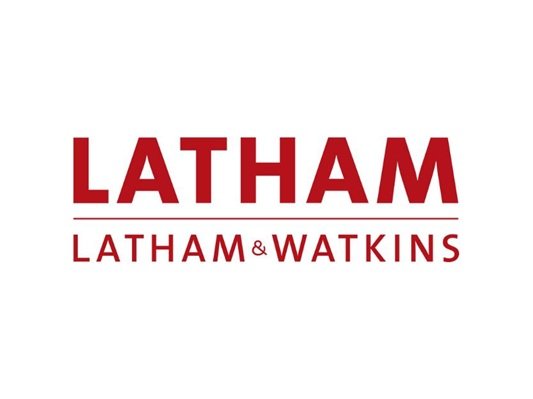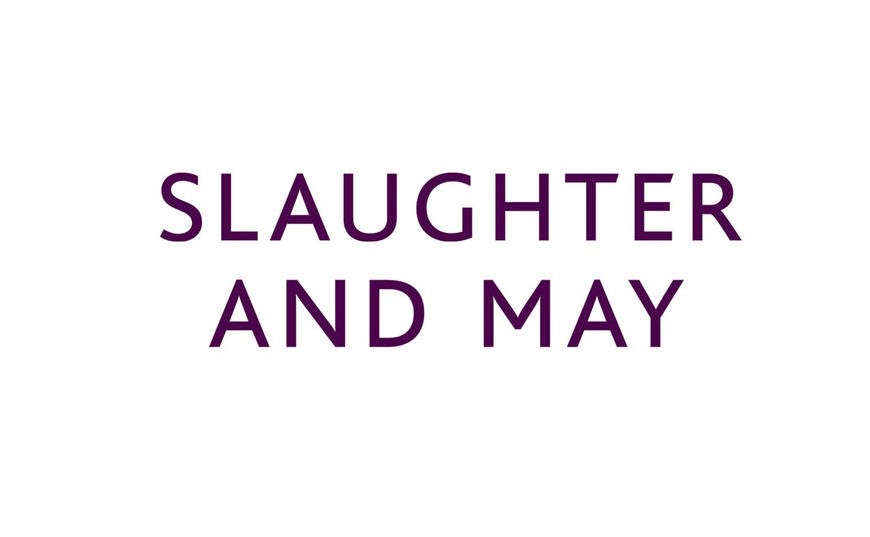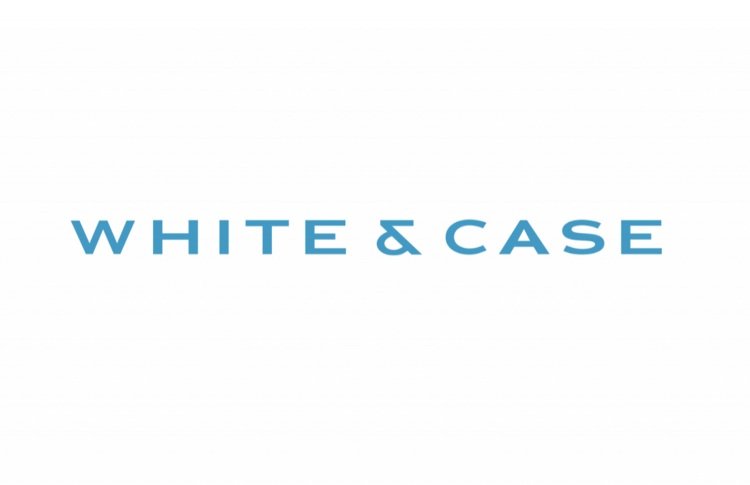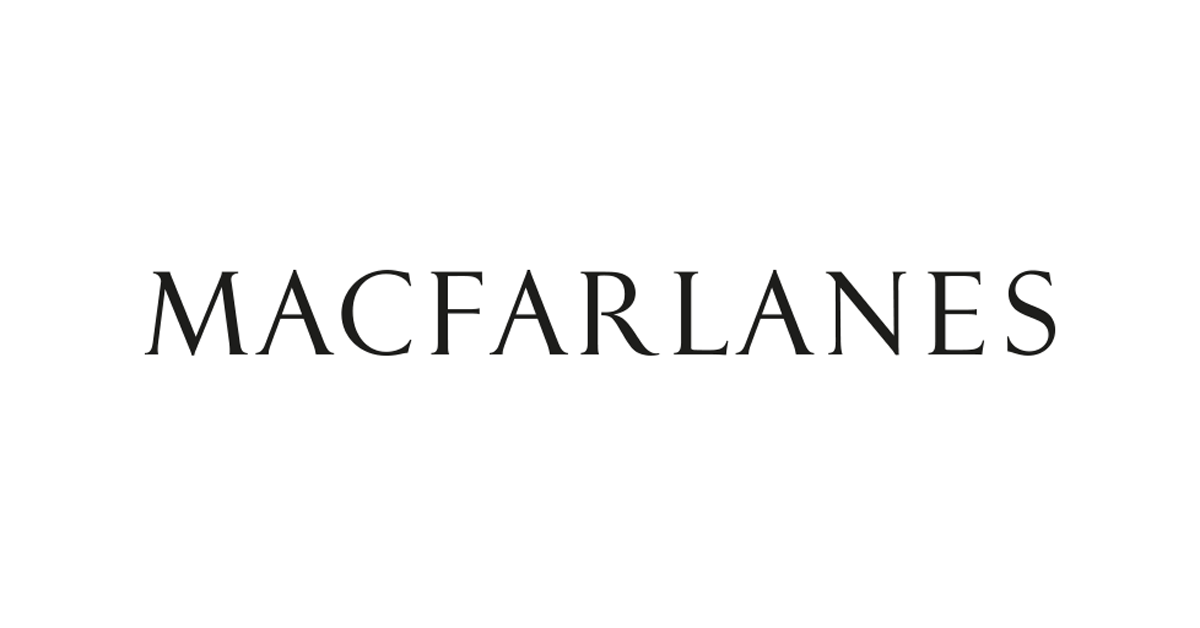The high street has been suffering. In the time span between 2018 and 2019, 85,000 retail jobs
were estimated to be lost [1]. In 2018, 64% of consumers expected more shops on the high
street to shut down due to Brexit uncertainties and the consequent potential surge in product
prices [2]. In 2019, changes in consumer habits and the rise in online shopping were predicted
to contribute to over 50% of the purchases of goods and services [3]. Now, in 2020 and 2021,
how has COVID-19 made an impact, and what policies have been enacted by the Government
to save the high street from complete downfall?
COVID-19 has had a significant impact. The percentage of consumers that ‘purchased items
online more than previously’ has grown to over 70% [4]. Data on consumer activity
demonstrated that the overall UK footfall in late 2020 was at 45% of the level seen at the
same time the previous year [5] Strict immigration controls as a result of Brexit were also
aggravated by COVID-19 [6].
Various policies have been enacted by the government to help the high street, the most
notable being the Job Retention Scheme. This scheme allowed employers to claim a grant of up
to £2,500 every month in order to pay the wages of their furloughed workers [7]. In September
2021, when the scheme ended, 1.14 million jobs were furloughed [8]. The impacts of its
termination, however, have become a growing area of concern, and external forecasters at the
Bank of England expect the unemployment rate to rise to 5.8% by May 2022 [9].
[1] ‘Retail Employment Falls By 85,000’ (British Retail Consortium, 24 October 2019)
<https://brc.org.uk/news/2019/retail-employment-falls-by-85-000> accessed 6 December
2021.
[2] Caitlin Morrison, ‘Two thirds of UK shoppers expect high street prices to surge
because of Brexit’ (The Independent, 16 August 2018)
<https://www.independent.co.uk/news/business/news/brexit-eu-prices-shopping-food-high-
street-store-closures-a8493141.html> accessed 6 December 2021.
[3] Retail Economics, The Digital Tipping Point: 2019 Retail Report (Womble Bond
Dickinson, 2019).
[4] D Tighe, ‘Changes in online buying among UK consumers since COVID-19: 2020-2021’
(Statista, 3 December 2021) <https://www.statista.com/statistics/1230225/changes-in-online-
buying-among-uk-consumers-since-covid-19/> accessed 6 December 2021.
[5] Office for National Statistics ‘Coronavirus and the latest indicators for the UK economy and
society’ (26 November 2020).
<https://www.ons.gov.uk/peoplepopulationandcommunity/healthandsocialcare/conditionsand
diseases/bulletins/coronavirustheukeconomyandsocietyfasterindicators/26november2020#foo
tfall> accessed 6 December 2021.
[6] Martin Heneghan and Sarah Hall, ‘UK High Street reveals key issues facing the economy
after Covid-19 and Brexit’ (UK In a Changing Europe 2020) <https://ukandeu.ac.uk/uk-high-
street-reveals-key-issues-facing-the-economy-after-covid-19-and-brexit/> accessed 6
December 2021.
7. Employment Rights Act 1996 (Coronavirus, Calculation of a Week’s Pay) (Amendment) (No 2)
Regulations 2021/487.
8. Brigid Francis-Devine and others, Coronavirus Job Retention Scheme: statistics (House of
Commons Library Briefing Paper No 9152, 2021)
<https://researchbriefings.files.parliament.uk/documents/CBP-9152/CBP-9152.pdf> accessed 6
December 2021.
9. Bank of England, Monetary Policy Report (Monetary Policy Committee 2021).
















